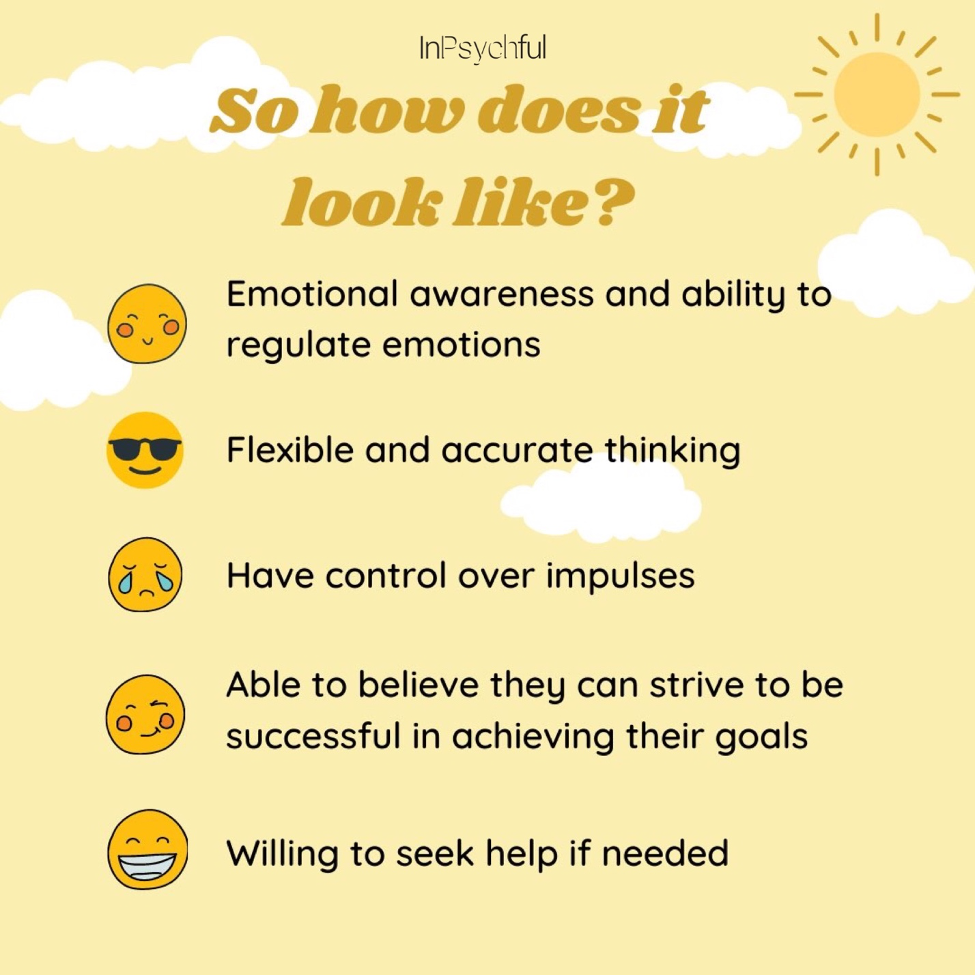Is building emotional resilience crucial for youth?
In life, It is inevitable that we all go through trials and tribulations. It can be easy to idealise childhood as a carefree time but youth do suffer against their own emotional hurts and traumas they face. As teens and children mature, they take on more challenges and are bound to experience more frustrations and complications (APA, 2020). There is only so much a parent can do to help their child in the face of adversity, at some point they will have to face it on their own. This is why the best thing parents can do for their children is not to always help them solve their problems but teach them skills so that they are able to cope on their own no matter the circumstance. As the saying goes “Give a man a fish, and you’ll feed him for a day. Teach a man to fish, and you’ve fed him for a lifetime.”
In the Asian culture, there is seemingly a lack of emotional attunement. According to Stanger (2012), Singapore was the least emotional country globally, only 36% of Singaporeans reported feeling any emotions daily whether positive or negative. This is a common problem for Asians to grapple with: expressing our emotions and being open about our thoughts. This is because the Asian culture encourages the suppression of emotional conflicts and discourages the full expression of emotions. Although this is slowly changing, as the rising generation has become more outspoken and are less afraid to express themselves along with their emotions. Thus, as parents it is vital that your children have that safe space to do so and be guided along the way.
As they navigate through their growing years, they will struggle with their identity, experience significant changes physically and emotionally and find themselves in new environments like having to deal with peer pressure. With social media on the rise, the age that children are being exposed to such platforms is becoming younger. This means that they are more likely to experience this social pressure even earlier. A study found that at age 10, girls who are engaged with social media for an hour or more on a school day had worse levels of well-being compared to girls with lesser interaction with social media. This was not only for girls but the study mentioned that they felt more pressure to develop and maintain social media presence than boys while boys are more likely to participate in gaming online which might be a bigger factor affecting their well-being (Booker, 2018). Regardless, whether you’re a boy or a girl, we all face our own unique struggles and building resilience could help us cope with them.
What are the beneficial outcomes in building resilience for young people?
Resilience is able to help them gain life skills that will empower them to deal with and manage any challenges and struggles they may face. It allows them to bounce back from day-to-day challenges such as arguments with friends or parents, disappointing test scores or a bad day during their co-curricular activities. Some may face more serious problems such as parents divorce, family death or bullying. The ability to deal with uncertainty, change and ambiguity are key skills. Resilience is more than just coping. When one is resilient, one is more prepared to seek new ways to overcome challenges and achieve one’s goals. This might mean taking some risks but it creates opportunities for success and building of self-confidence (Raising Children Network, 2018)
So how does emotional resilience look like?
Resilience does not mean you are immune to stressful situations rather it is how you are able to overcome and deal with them.
Teens who become resilient display these traits, of which, all can be learnt:
Emotional awareness and ability to regulate their emotions
For one to be resilient, one has to first feel comfortable with their emotions and be able to express them appropriately. This allows them to understand that they are in control of their emotions and thoughts – not the other way around.
Flexible and accurate thinking
In an ever-changing world where things are continually shifting, it helps if your child develops flexibility in their thinking. The ability to come up with a backup plan will relieve pressure on them when considering what’s next.
They need to also recognise that others may look at things differently and be able to consider what others could be looking out for. This could be useful for applying for jobs or dealing with colleagues in future.
Have control over their impulses
We all have emotions thus, may lead to impulses to do or say certain things when we feel angry or frustrated. Developing resilience does not mean curbing such impulses but rather learning not to act on them. Here is a 4-step process which might help:
- Stop and think – Delay your response
- Take deep breaths – remain calm and be in control
- Before speaking out, think of 3 possible responses – choose the most constructive one
- Respond politely and respectfully – this gets you heard
Believe that they are able to strive and be successful in achieving their goals
Teach your child to believe in their ability to succeed at something and that failure is part and parcel of learning. This can play a significant role in how your teen approaches achieving goals, performing tasks and overcoming challenges. One can ask:
- What are 3 things you have done in the past week that you did well?
- How did they make you feel?
- What are 3 things that you have completed in the past few months that other people have noticed? How did you feel?
- How does it feel when you don’t succeed?
- What did you think about yourself when you didn’t succeed
- What is the one thing you would like to focus on as you recover from the failure or disappointment that you just experienced
Willing to seek help if needed
Being resilient does not mean you can’t ask for help. It is resilient people who know when to ask for help and will also reach out to others who are going through a tough time. You can encourage your child to ask for support and reward them when they do so.
- Assure them that seeking help is a sign of strength
- Keep an open dialogue so that it makes it easier for them to bring things up
- Share with them your own positive experiences when you asked for help (ReachOut, 2021)
Developing resilience is a personal journey, use your knowledge of your children to guide them on their journey. Helping your child build their resilience does take some resilience from parents as well but both will reap the benefits that are being sown. As parents, it is crucial that you be a good role model of resilience. Let them see that no challenge is too big. Believe in your child as they believe in you.
Authors: Camellia Wong (M.A), Sara Chiang
Read More
References
APA. (2020). Resilience guide for parents and teachers. American Psychological Association. https://www.apa.org/topics/resilience/guide-parents-teachers
Booker, C. (2018). High social media use linked to well-being issues in teen girls. The Straits Times. https://www.straitstimes.com/singapore/education/high-social-media-use-linked-to-well-being-issues-in-teen-girls
Raising Children Network. (2018). Resilience in teenagers: how to build it. https://raisingchildren.net.au/pre-teens/development/social-emotional-development/resilience-in-teens#:%7E:text=When%20teenagers%20are%20resilient%2C%20they,important%20part%20of%20his%20development.
ReachOut. (2021). Teach your teenager to be resilient – ReachOut Parents. https://parents.au.reachout.com/skills-to-build/wellbeing/things-to-try-coping-skills-and-resilience/teach-your-teenager-to-be-resilient
Stanger, M. (2012). Singapore Is The Least Emotional Country In The World. Business Insider. https://www.businessinsider.com/singapore-lacks-emotions-2012-12?international=true&r=US&IR=T



